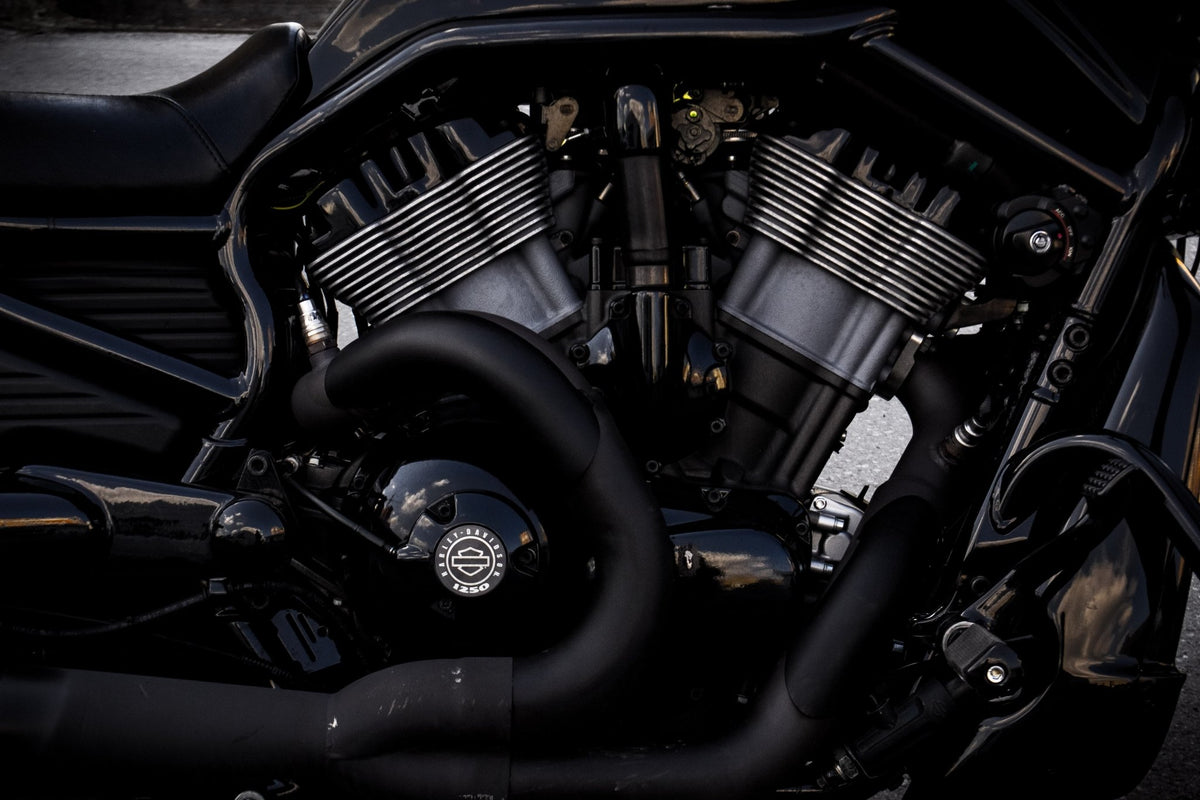I just wanted to share a few interesting anecdotes. By no means am I saying the MC Yellow coolant caused any of these issues, but it's still interesting and figured worth adding to the repertoire on this site.
Within the past couple of years I have switched 4 vehicles over from MC Orange to MC Yellow. 1 '16 Ford Taurus 3.5L NA at 80K miles, 1 '14 Ford Escape 2.0L EB at 160K miles, 1 '18 Ford Explorer 3.5L NA at 65K miles, and 1 '15 Ford Transit 250 (fleet vehicle) 3.7L at 125K miles.
Three of the vehicles experienced problems shortly after the conversion. The Escape's water pump seal went and it dumped most of the coolant out of it during a 5 miles drive (no overheat), the Explorer's internal water pump went bad and started leaking through the weep hole (currently in the shop for 6 weeks getting repaired under warranty), and just today the Transit blew a hole in the upper hose. The Taurus has been running perfectly fine for 15K miles. With the Escape and Transit, I'm chalking it up to basic wear on the parts. Both the water pump and radiator hose were original. With the Explorer, I've heard the internal water pumps seem to have a much lower life expectancy than what is expected from an exterior water pump, and there may be a class action against Ford for these as well, IIRC. That's being handled under warranty but the vehicle is still out of service for 6 weeks while they get the parts and get the time to do the repair.
All of these issues popped up in less than a year's time. I guess it's just a bad run of luck and a couple "aging" vehicles?
Within the past couple of years I have switched 4 vehicles over from MC Orange to MC Yellow. 1 '16 Ford Taurus 3.5L NA at 80K miles, 1 '14 Ford Escape 2.0L EB at 160K miles, 1 '18 Ford Explorer 3.5L NA at 65K miles, and 1 '15 Ford Transit 250 (fleet vehicle) 3.7L at 125K miles.
Three of the vehicles experienced problems shortly after the conversion. The Escape's water pump seal went and it dumped most of the coolant out of it during a 5 miles drive (no overheat), the Explorer's internal water pump went bad and started leaking through the weep hole (currently in the shop for 6 weeks getting repaired under warranty), and just today the Transit blew a hole in the upper hose. The Taurus has been running perfectly fine for 15K miles. With the Escape and Transit, I'm chalking it up to basic wear on the parts. Both the water pump and radiator hose were original. With the Explorer, I've heard the internal water pumps seem to have a much lower life expectancy than what is expected from an exterior water pump, and there may be a class action against Ford for these as well, IIRC. That's being handled under warranty but the vehicle is still out of service for 6 weeks while they get the parts and get the time to do the repair.
All of these issues popped up in less than a year's time. I guess it's just a bad run of luck and a couple "aging" vehicles?



